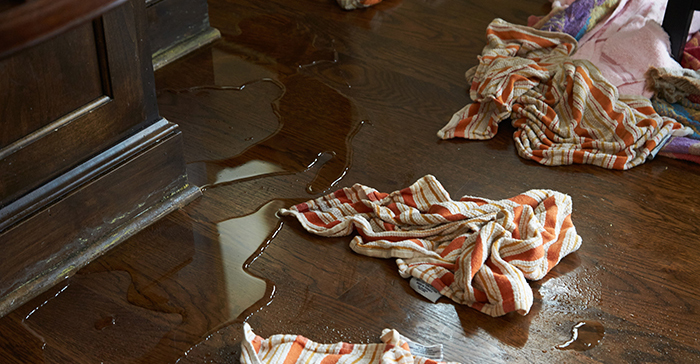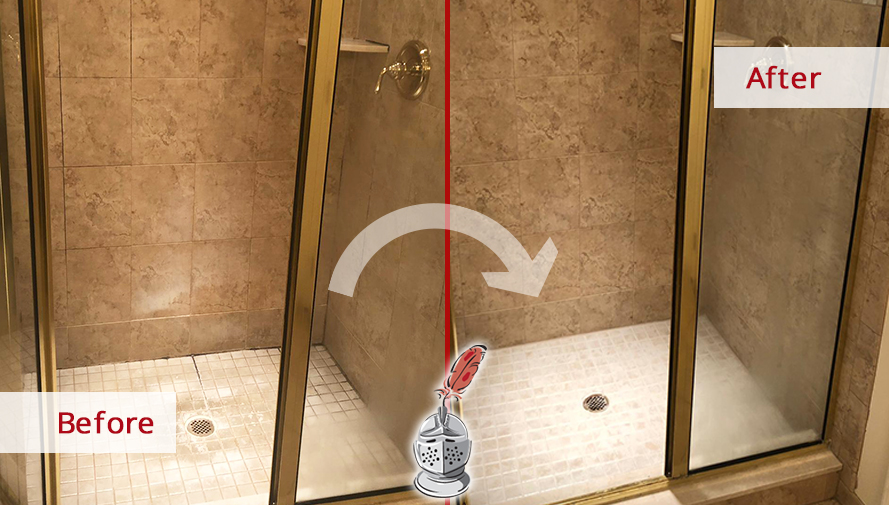Common Sources Of Water Damage in a Bathroom
Common Sources Of Water Damage in a Bathroom
Blog Article
How do you really feel on the subject of Preventing Water Damage in the Bathroom?

The washroom is exceptionally prone for damp accumulation and possible water damages because of the frequent use water in it. This post uses easy examination methods to help detecting water damages dangers.
The frequent use water in the restroom makes it exceptionally prone for moist build-up and possible water damage. By evaluating it frequently, you can lower water associated problems.
The following collection of inspections is very easy to perform and also ought to be done as soon as in every three months in order to maintain your restroom healthy and to avoid potential water damages brought on by the bath tub, the shower, pipeline joints and plumbing, sinks, closets, and the commode
Do not overlook executing these evaluations and also be extensive while executing them. Bear in mind that these simple assessments can save you a great deal of money by supplying early indicators for water damages
Sinks as well as Cabinets
Sinks and also cupboards are revealed to moisture and also humidity everyday and are typically overlooked. Examine consistently under the sink and on the counter top over it. Repair any kind of drip in the trap as it may recommend drain issues. Check out the sink, sluggish draining pipelines may suggest an obstructed drain. Replace sink seals if they are fractured or loose.
Tub and also Shower
The shower and tub call for special interest and also upkeep. Check the ceramic tiles and also replace if broken. See to it that there is no missing grout in between the floor tiles. Inspect as well as change fractured caulking at joints where the walls satisfy the flooring or the bath tub. Clogged drains as well as pipelines problems will stop the bath tub from drying out and may suggest severe troubles under the bath tub. Speak with an expert quickly to prevent structural damages. Take notice of stainings or soft areas around the tub wall surfaces as they might indicate an interior leak.
Plumbing
Signs for water damages are tough to detect because a lot of pipelines are installed inside the walls.
Pay special interest to floor covering and also walls dampness and also stains as they may suggest an undetectable plumbing trouble. Examine dampness degrees in adjacent rooms as well.
The Toilet
The bathroom is a prone water junction. Check the water lines as well as look for leakages around the commode seat, in the tube, and also under the water container. If you detect any signs of wetness on the floor around the bathroom, look for leakages in the toilet edge as well as container seals.
Know that hanging bathroom bowl deodorants increases the chances for clogs.
TIPS TO PREVENT WATER DAMAGE IN THE BATHROOM
The average household uses approximately 80-100 gallons of water per person per day. For a family of 4, that's almost 2,500 gallons of water a week! The largest portion of this consumption comes from bathroom use. Flushing the toilet uses the most water, followed by taking a shower or bath. With that much water running through the home, water damage in the bathroom is bound to happen. Knowing how to spot signs of a water leak is essential to preventing long-term damage. This guide provides you with tips to reduce the impact of water damage on your bathroom.
CAUSES OF BATHROOM WATER DAMAGE
Pipe breaks are the most common cause of water damage we see in our daily jobs. The age of a pipe plays a large role in a pipe break as well as corrosion. Over time, the metal begins to break down, allowing water to escape. Frozen pipe breaks are also a concern in the winter months. Toilet overflows caused by paper products or children flushing inappropriate items. Degraded caulking around the toilet or bathtub can allow water seepage, sometimes behind the fixture, into the subfloor or walls. Condensation forms when the water in a pipe is cooler than the air temperature. Beads of water form on the exterior of the pipes, sometimes so much so that the water begins to drip and pool below. Sink or shower backups created by poor drainage. HOW TO PREVENT WATER DAMAGE IN YOUR BATHROOM
Inspect your toilet supply line for worn or frayed hoses and replace them as needed. Winterize your plumbing to prevent a frozen pipe break. Use vent fans to prevent condensation that can lead to mold growth. Routinely check and replace degraded caulking around your toilet or bathtub. Increase the temperature in your toilet tank and insulate your pipes during the warm summer months to keep condensation from forming. Use child safety locks on the toilets. Flush only toilet paper. "Flushable" wet wipes are actually not good for your plumbing system. Additionally, feminine hygiene products should not be flushed. Prevent water from escaping the tub or shower. Make sure shower curtains are in good condition. Inspect shower doors and replace the seal strip if necessary. Wipe up any water that accumulates on the floor and use bath mats. Water left to sit can cause damage to the tiles and flooring. Refrain from using bath products containing heavy oils to avoid a clogged drain.

I recently found that article about Looking for Signs of Water Damage in the Bathroom when doing a lookup on the web. I beg you take the opportunity to share this page if you enjoyed reading it. Thanks a bunch for your time. Visit again soon.
Book-Now Report this page